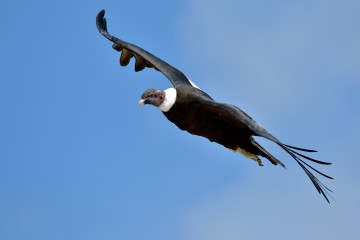
Arequipa & Colca Canyon
Enjoy Arequipa, a UNESCO cultural heritage site and explore the Colca Canyon, arguably the worlds’ deepest canyon and home to numerous Andean condors.
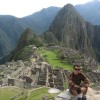
| 22 May 2020
There are many reasons to visit Peru, ranging from stunning colonial cities, the incredible Machu Picchu, the beautiful Andean mountains and the Amazon Jungle. One of the main reasons this country captivated me, is its culture and the fact that even in modern-day Peru you can still discover Ancient Incan cultures and practices.
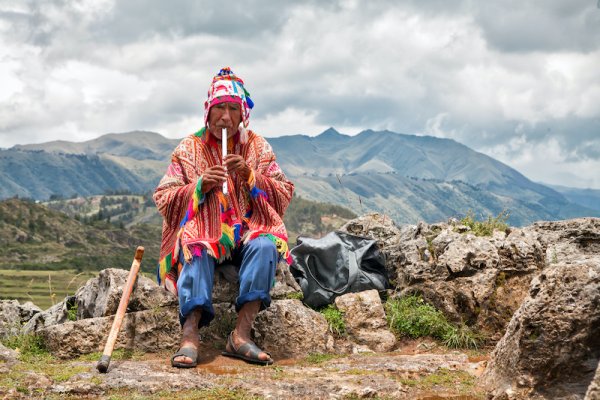
Peruvian man playing the flute
When you visit Peru, you are highly likely to hear and learn about the Quechua. They are descendants of the Incas and comprise of several indigenous tribes that are spread across South America. Here are some cultural customs you are likely to experience on a visit to Peru:
Click the links below to skip through the article:
1. The language
2. Textiles and Traditional Dress
3. Ceremonies and Rituals
4. Remedies
Although the majority of Latin American countries speak Spanish, many people living in Peru today still speak the ancient Incan language of Quechua. Note that the Quechua spoken in Cusco may differ to the Quechua spoken in Northern Peru or Ecuador. Quechua can be a challenging language to learn with a greeting word like “hello” translating to “Rimayullayki Napaykullayki” in Quechua.
The women’s traditional clothing worn by the Quechua in Peru is rather unique and will be the most visible remnant of the Incan culture. The indigenous women tend to wear bright and colourful layers with patterned capes known as Lliclla and handwoven patterned skirts and round bright coloured hats known as Montera. The men’s traditional clothing is less colourful and less likely to be seen, as it slowly faded over the years. However small aspects of the traditional clothing may still be noticeable, like the handwoven ponchos and the patterned hats with strings hanging on each side.
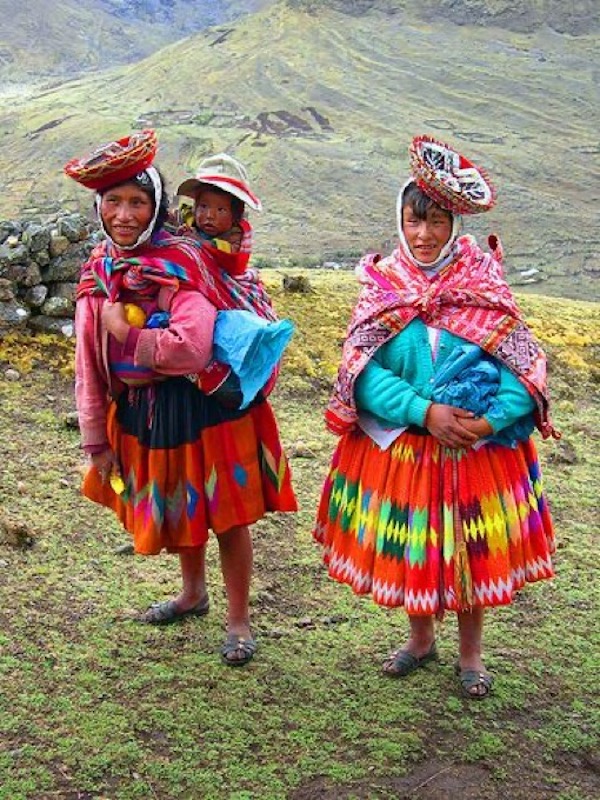
Peruvian women with Montera hats
One of the main ceremonies and rituals which still take part today is the Pachamama ceremony. The ceremony is a form of gratitude shown to Pachamama also known as Mother Nature where an offering is made. This offering is a way of giving back but also to ask for protection, good health and a way to get rid of bad energy. A Pachamama ceremony can last up to 3 hours and it's expected that a ceremonial blanket is made, and coca leaves are used as part of the offering. There are many other elements that take place in the ceremony and you can witness them all in Cusco which has an annual ceremony every June.
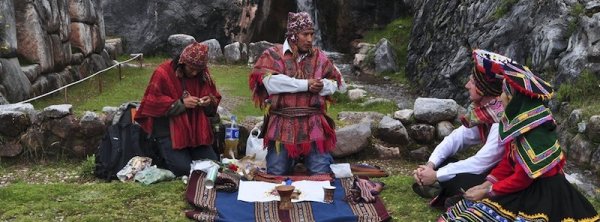
Traditional Peruvian Ceremony
The ancient Peruvians were very enhanced in the knowledge of medicinal properties found in plants and herbs. They relied on this knowledge to treat common illnesses like headaches and infections. One of the more common remedies you are likely to encounter in Peru is the use of Coca leaves to help with altitude sickness. Some of the locals tend to chew on these leaves or alternatively you can put them in a cup of hot water and drink it as a form of tea.
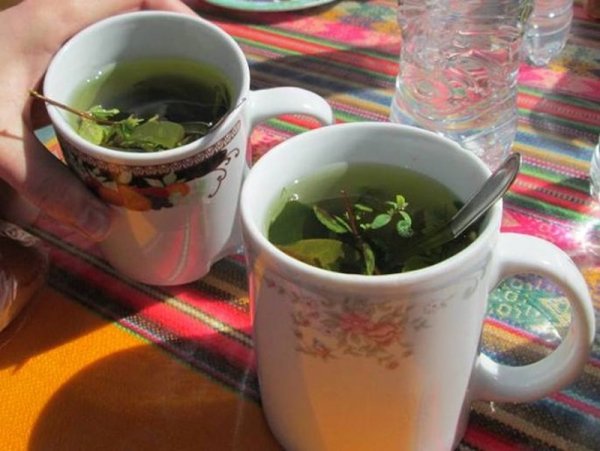
Coca leaves to help against sickness

Enjoy Arequipa, a UNESCO cultural heritage site and explore the Colca Canyon, arguably the worlds’ deepest canyon and home to numerous Andean condors.
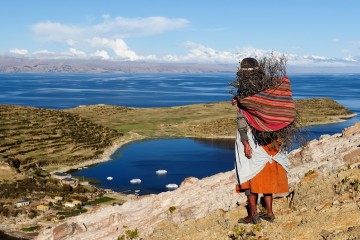
Add this on to our Signature Peru programme & visit the largest lake of South America and the highest navigable lake in the world!
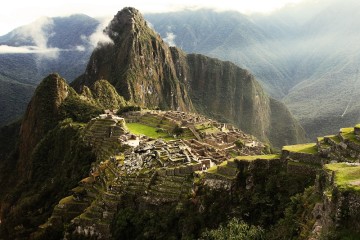
Signature Tours: Refined, Simplified, Perfected
Premium itineraries carefully crafted by destination experts. Take in the very best of South America and Central America, with highly-rated hotels and exclusive authentic experiences.
Our classic best of Peru offering our favourite Lima, Cusco, Sacred Valley and Machu Picchu by train experiences, handpicked for you.